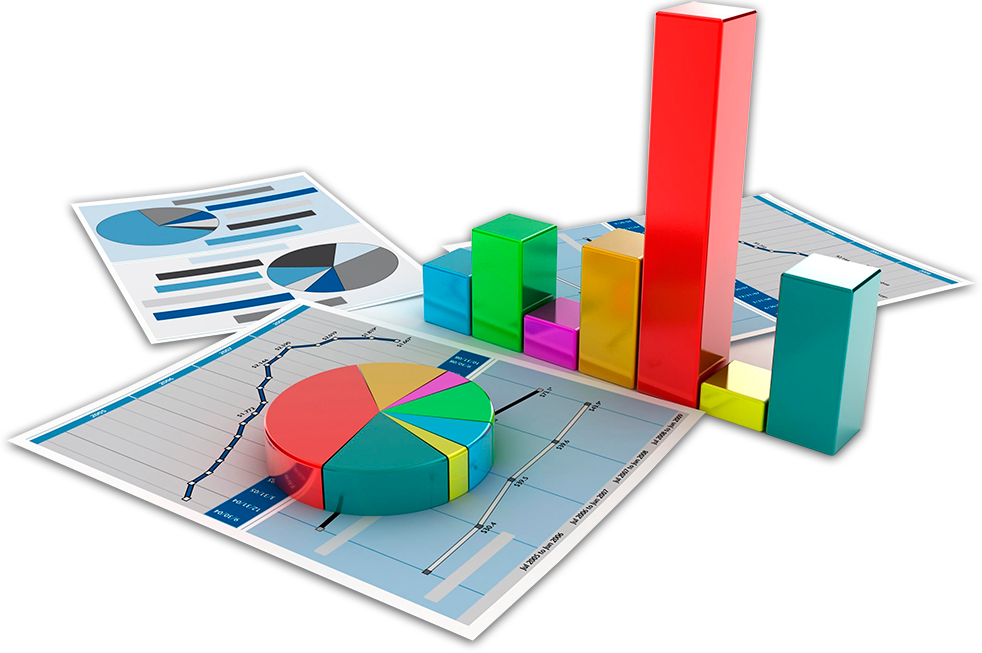
Transforming Data Into Actionable Insights
I possess a unique strategy in Data analytics such that, When traditional techniques reach their limits, I utilize machine learning models to gain richer insights

AI
Analytics
Is a powerful approach I use to analyze data quickly and efficiently. Using AI machine learning (ML) I Automate the process of sorting and analyzing data, uncovering patterns, trends, and insights that would take much longer using traditional methods. With AI, I can predict future outcomes, identify hidden opportunities, and recommend smart actions. In traditional analytics, analysts manually to draw conclusions. However, this process rarely covers all the data informations available. But With the help of AI analytics, the limitations are removed as it uses machine learning (ML) methods to uncover deeper patterns and insights
From historical patterns to future solutions
AI analytics reveals patterns, predicts outcomes,
and prescribes actions
By Transforming Data into predictions
We creating clarity from complexity
Data analytics uncovers hidden patterns
that drive impactful, data-driven decisions
AI analytics unlocks the potential of data,
forecasting opportunities for success
Data Analysis projects
Project Title
Date
Accident Data Analysis
Hull University, UK
Patient Data Exploration
Zenith Hospital
In my work, analytics is essential for uncovering insights that guide strategic decisions.
I use it to process raw data, identify patterns, and make sense of complex information.I find it indispensable because it empowers me to approach
challenges with clarity, make informed decisions, and provide solutions that drive growth and innovation for businesses.
there are basically four types of Analytics
1
You seek to understand what happened2
You try to find why it happened3
You try to forecast possible future events based on historical data4
You recommend actions to achieve a desired outcome based on data insightsMachine Learning Methods
Supervised Learning
Exploring Known Data
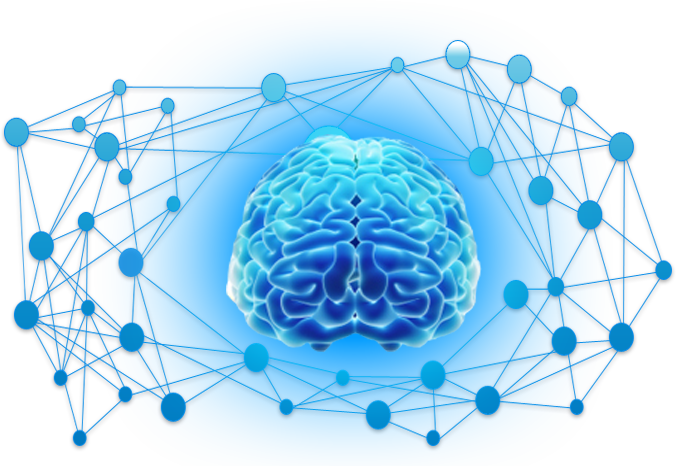
In supervised learning, I use data that already has the correct answers. The system learns from these answers from the data to make predictions. I apply this method when I need to predict specific outcomes, such as forecasting sales, determining health outcomes based on signs, or estimating prices. This helps me make accurate predictions based on historical data, ensuring informed decisions and efficient strategies
- Linear Regression
- Decision Trees
- Support Vector Machines (SVM)
- K-Nearest Neighbors (KNN)
Unsupervised Learning
Exploring Unknown Data
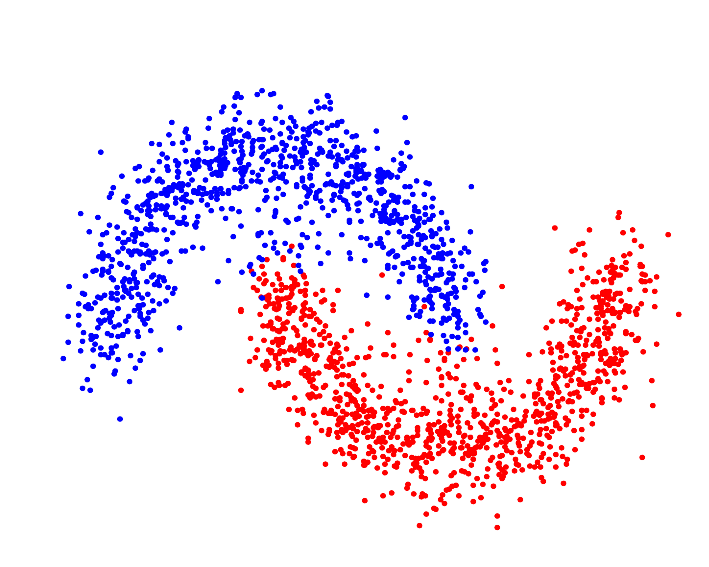
In unsupervised learning, I work with data that doesn't have predefined labels or answers. Instead, the system looks for patterns and similarities in the dataset, grouping related items together.
This approach allows me to explore the data and find relationships that aren't obvious at first glance, helping me discover new opportunities and insights
- K-Means Clustering
- Hierarchical Clustering
- Principal Component Analysis (PCA)
- Anomaly Detection
Reinforcement Learning
Learning by Reward and Punishment
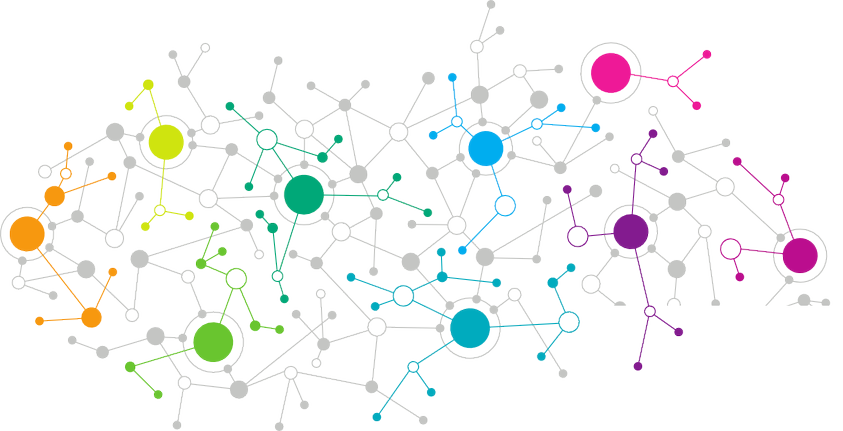
In reinforcement learning, I teach a system to make decisions by rewarding correct actions and penalizing wrong ones. The system learns from these experiences and gradually improves its performance over time. I use this method in situations where decisions need to be made in real-time, such as in Healthcare Monitoring,Advertising Algorithms, Sports Training.
This approach helps the system learn from its mistakes, making it more effective in dynamic, complex environments, and improving decision-making over time
- Q-Learning
- Deep Q Networks (DQN)
Deep Learning
Learning from Complex Data
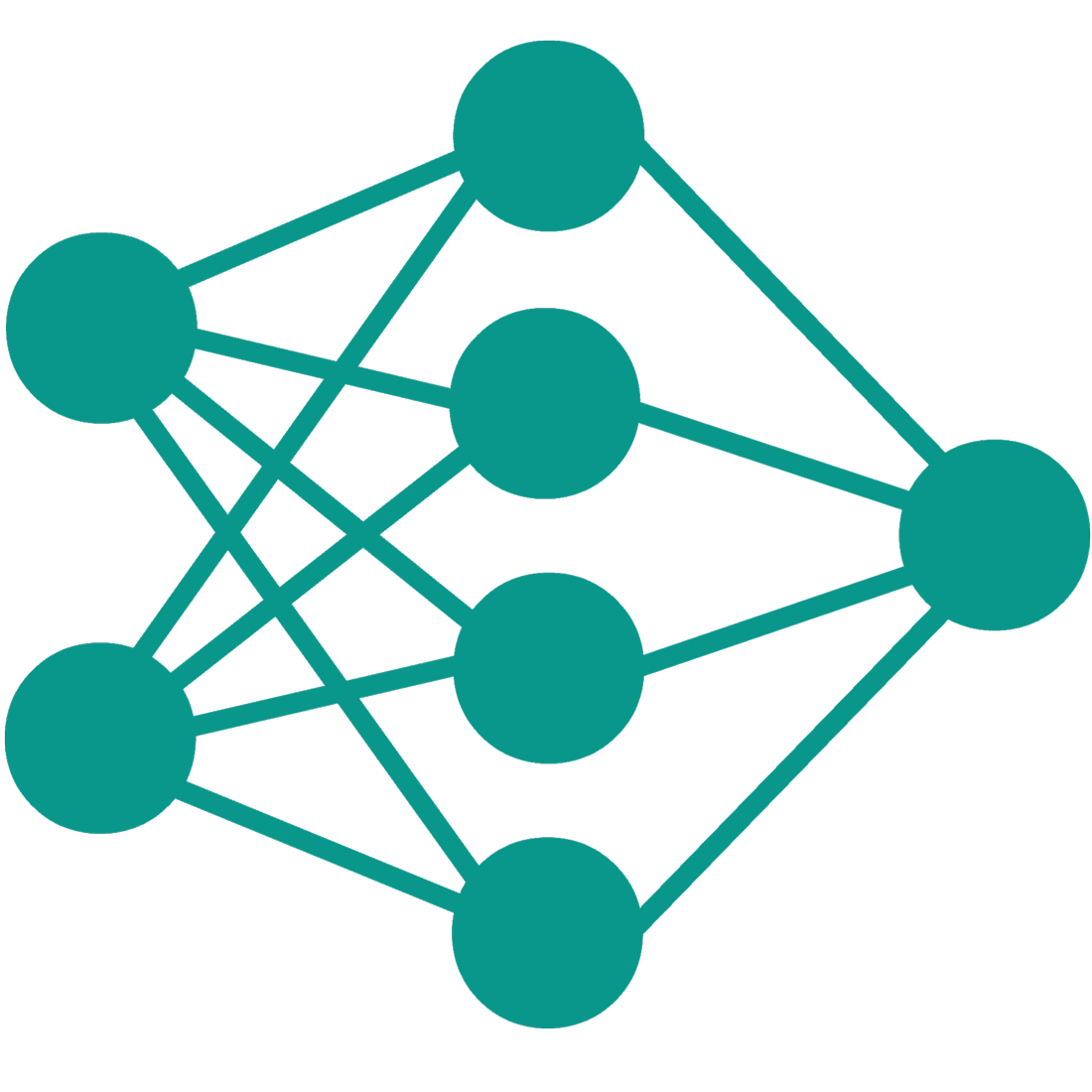
In deep learning, I use multi-layered neural networks to analyze complex data like images or text. The system learns patterns and features at multiple levels, allowing it to make sense of data that traditional methods can't handle. I use this method when I need to tackle complex tasks such as image recognition, speech analysis, or natural language processing.
Deep learning helps me handle large-scale and unstructured data, providing solutions that are much more powerful and accurate than traditional approaches
- Convolutional Neural Networks (CNN)
- Recurrent Neural Networks (RNN)
NLP (Natural Language Processing)
Understanding Human Language
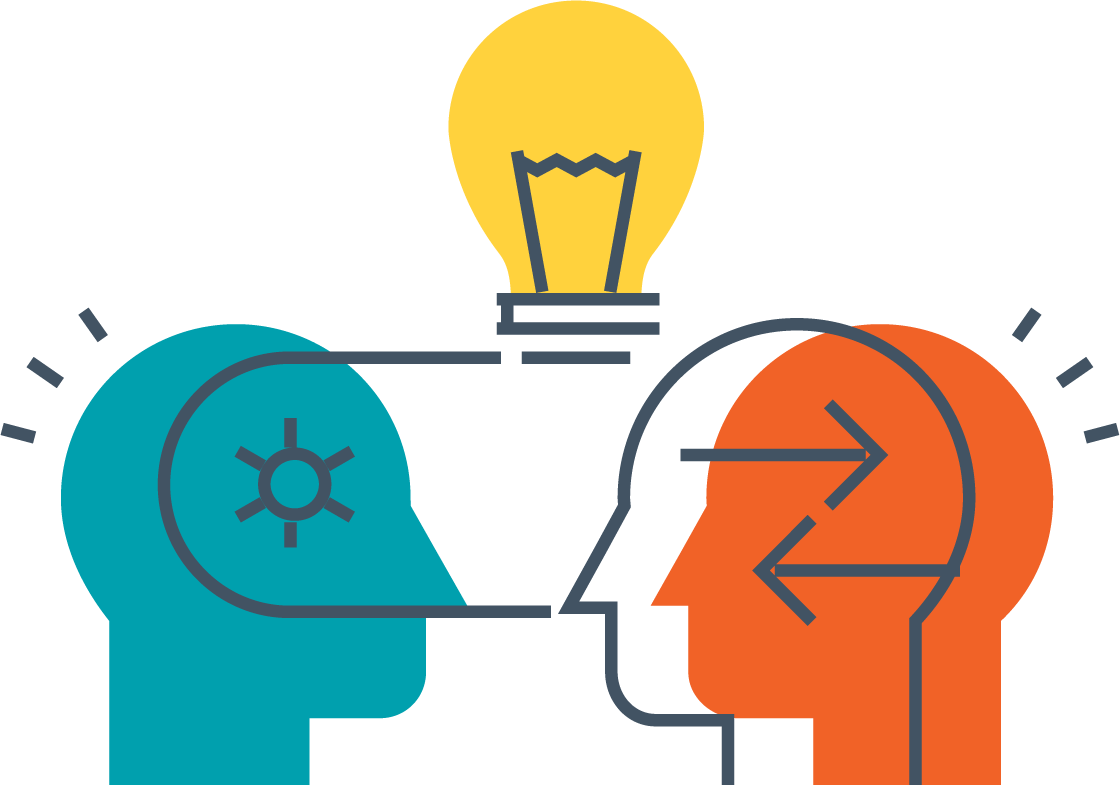
In Natural Language Processing (NLP), I teach computers to understand and interact with human language. Using NLP, I process text data, extract insights, and identify patterns such as sentiment, intent, and meaning. I apply this method when I need to analyze customer feedback, build chatbots, or improve search engines. This helps me transform unstructured text into valuable insights for better decision-making and customer engagement.
NLP helps me work with large volumes of textual data and extract meaningful patterns, improving efficiency in data analysis
- Text Classification
- Sentiment Analysis
- Machine Translation
